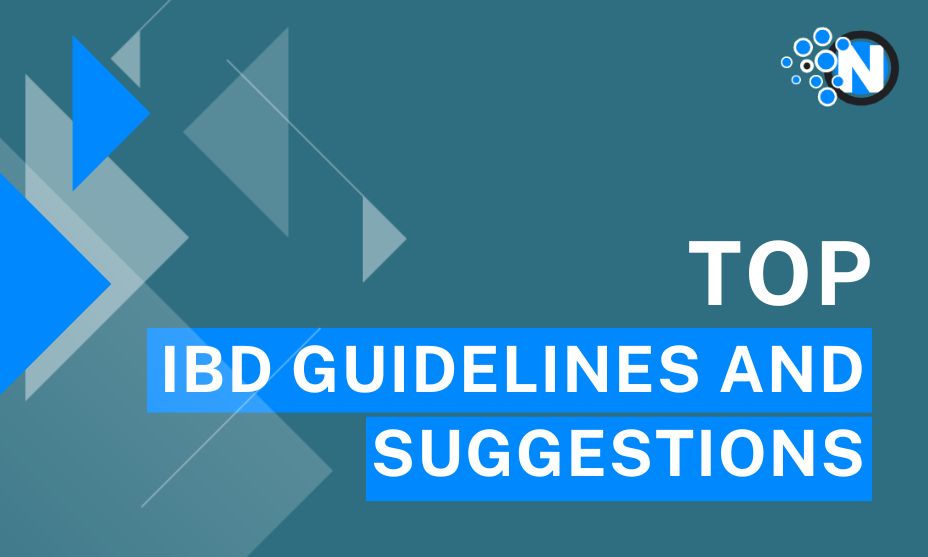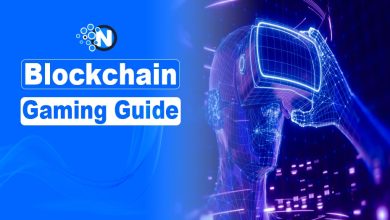Top Nine IBD Guidelines and Suggestions

When it comes to cryptocurrencies and blockchain technology, one crucial process is the Initial Block Download (IBD). The Initial Block Download (IBD) process is a crucial step in synchronizing a node with the blockchain network. However, it can be resource-intensive and time-consuming. This comprehensive guide outlines five key recommendations for achieving a smooth and efficient IBD experience.
This online trading platform which can be found https://bitcoin-profitapp.com/ is blending conventional wisdom with innovative technology. Efficient trading with the ease of automation!
1- Ensuring Sufficient Hardware Resources
To effectively perform the IBD process, it is crucial to have adequate hardware resources. A powerful CPU, ample storage, and sufficient RAM are vital for efficient blockchain synchronization. A robust CPU enables faster processing of complex cryptographic operations involved in verifying and validating blocks. It plays a crucial role in accelerating the overall IBD performance. Having sufficient storage capacity ensures that the node can store the entire blockchain history without running out of disk space, preventing interruptions during synchronization. Moreover, having ample RAM reduces the reliance on disk I/O operations, resulting in faster data retrieval and improved IBD performance.
2- Selecting the Right Client and Version
Choosing the appropriate blockchain client and version is crucial for efficient IBD. Different clients offer varying features and optimizations that can impact synchronization speed. It is essential to evaluate the available options and select a client that aligns with your specific requirements. Consider factors such as the client’s reputation, community support, and active development. Opt for clients that have a proven track record of reliable performance and timely updates. Additionally, keeping the client software up to date ensures compatibility with the latest network protocols and enhancements, enhancing synchronization efficiency and security.
Read Also: What You Need To Know Before Starting a Blockchain or Crypto Business
3- Utilizing Fast Sync Mechanisms
Fast sync mechanisms are designed to expedite the IBD process by utilizing existing data snapshots or state pruning techniques. State pruning involves discarding unnecessary historical data, reducing the amount of information that needs to be downloaded and processed. This significantly accelerates the synchronization process, especially for nodes joining the network at a later stage. By implementing state pruning, nodes can reduce the storage requirements and the time required for IBD. Another fast sync mechanism is snapshot-based syncing, which allows nodes to download a pre-validated snapshot of the blockchain. This approach reduces the time required for full block downloads and improves the overall IBD performance. By utilizing fast sync mechanisms like state pruning and snapshot-based syncing, nodes can significantly improve IBD efficiency.
4- Configuring Network Parameters
Optimizing network parameters is essential for efficient IBD. By adjusting peer discovery and connection limits, nodes can enhance their ability to find and connect to reliable and well-connected peers. This helps in establishing faster and more stable connections, leading to improved synchronization speed. Consider adjusting the peer discovery settings to find peers with high uptime, low latency, and good network connectivity. Configuring connection limits can help nodes manage the number of connections and prioritize connections with well-connected peers. Additionally, utilizing seed nodes, which are well-known and highly connected network participants, can assist in the initial peer discovery process. Employing DNS discovery mechanisms enables nodes to automatically discover and connect to available peers, streamlining the IBD process further.
5- Implementing Download and Verification Strategies
Download and verification strategies play a crucial role in optimizing IBD performance. To expedite the download process, nodes can leverage download acceleration techniques such as parallel downloads and utilizing multiple sources. Parallel downloads enable simultaneous retrieval of different blocks, reducing the time required to download the entire blockchain. By dividing the download workload across multiple connections, nodes can improve the overall download speed and efficiency. Moreover, utilizing multiple sources for block download minimizes reliance on a single peer, enhancing download resilience and mitigating the risk of potential bottlenecks. It is important to prioritize downloading blocks from peers with high bandwidth and low latency to optimize the download process.

Verifying block data integrity during the download process is crucial for ensuring the security and accuracy of the synchronized blockchain. Nodes should implement robust verification strategies to validate the integrity of each block. This involves performing cryptographic checks on the downloaded data, ensuring that the blocks have not been tampered with or modified. By implementing thorough verification processes, nodes can prevent the inclusion of invalid or malicious blocks in the local blockchain copy.
6- Monitoring and Troubleshooting
During the IBD process, it’s essential to monitor the synchronization progress and address any issues promptly. Blockchain clients often provide logs and diagnostic tools that help you identify synchronization errors. Troubleshoot any connectivity problems, synchronization stalls, or validation errors to ensure a successful IBD.
7- Backing Up Your Data
Before starting the IBD process, back up your existing blockchain data and wallet information. In case of any unforeseen issues during synchronization, having a backup ensures that you can restore your node to its previous state. Data loss during IBD can be mitigated by maintaining regular backups.
8- Minimizing Internet Bandwidth Usage
The IBD process can be data-intensive, consuming a significant amount of internet bandwidth. To minimize bandwidth usage, consider enabling block compression, limiting the maximum number of peer connections, and scheduling the IBD process during off-peak hours. This ensures a smoother experience for both you and other network participants.
9- Leveraging High-Quality Blockchain Resources
The internet is replete with high-quality blockchain resources, including forums, documentation, and community support. Engage with these resources to gain insights, troubleshoot issues, and connect with experienced community members. Platforms like Stack Exchange, Reddit, and official project forums can be invaluable during your IBD journey.
Conclusion
Optimizing the Initial Block Download (IBD) process is vital for seamless blockchain synchronization. By ensuring sufficient hardware resources, selecting the right client and version, utilizing fast sync mechanisms, configuring network parameters, and implementing download and verification strategies, nodes can significantly improve IBD performance. These best practices enhance the overall blockchain experience, enabling faster synchronization and smoother integration with the network.




